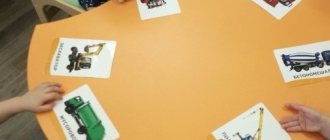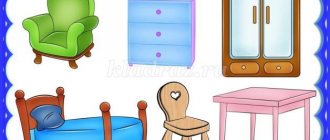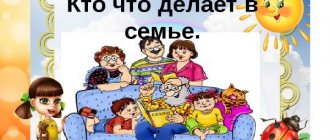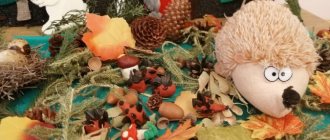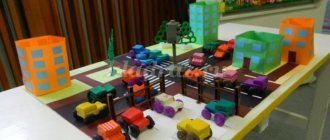Positive aspects of complex classes
The combination of various types of art leads to their diverse impact on the child. At the same time, it contributes to the knowledge of phenomena and objects from many sides while using all the senses.
A complex thematic lesson is conducted in such a way that children alternately draw and sing, dance and read poetry. And their performance of plot compositions or decorative works against the backdrop of lyrical music helps create an emotional mood, which allows them to more successfully complete the teacher’s tasks.
Complex classes in kindergarten allow children to study relaxed and without coercion. For example, when performing a collective drawing, they will certainly consult with each other about who will depict what details. They will also need to agree on their actions and roles during the process of staging the song.
The role of art
The development of a child’s creative abilities is influenced by many factors, which can be combined into three groups. The first of them includes individual characteristics and natural inclinations, which have a direct impact on the formation of the child’s creative activity. The second group contains all existing forms of influence of the social environment. The third set of factors determines the dependence of the child’s creative manifestations on the structure and nature of his activity.
Why are comprehensive classes so important for primary school children? Such training plays a special role due to the fact that various types of art are used to present the material. This includes music and literature, folk art and sculpture, and, of course, painting. Art in one form or another shapes a person, awakens creativity in a child and has a direct impact on his spiritual world.
Complex classes give children the opportunity to develop their figurative ideas and imagination, attention and memory, as well as a positive emotional attitude towards the activities offered by the teacher.
What are the mediums of the different arts? In literature, this is a word used for figurative definitions, epithets, rhythm, metaphors and comparisons. When conducting theatrical activities, they are means of dramatization in the form of facial expressions and gestures, movements and postures, intonation and voice. In visual techniques, the means used in a comprehensive lesson for children are drawings that express the volume and shape, proportions and size ratios of objects. Children are also fascinated by appliqué. It allows them to develop concepts of form, composition and color. If a complex lesson for children is conducted using music, then the means of education are harmony and rhythm, dynamics and melody, intonation, etc.
Getting to know nature
Teaching a creative personality can be carried out for all age categories of children attending a preschool institution. However, a comprehensive lesson in a preparatory group is especially useful. For example, this could be play-based learning that introduces older preschoolers to the fall season.
In the first part of the lesson, cognitive tasks are solved while simultaneously developing the intellectual abilities of children. At the same time, the teacher clarifies the children’s ideas about autumn, highlighting the characteristic features of this season. In this process, a special role will be played by a calendar with observations of changes in nature, which must be prepared in advance.
In the second part of the lesson, other problems are solved. In this case, a different type of activity for preschoolers is used. So, for the lesson, the teacher organizes a small exhibition on the theme of autumn. Its exhibits include reproductions of famous artists, as well as photographs with paintings of fading nature. Viewing such an exhibition, which causes children to experience beauty, allows them to solve aesthetic problems of education.
The third part of the lesson uses manual activities and artistic creativity of preschoolers. Children are encouraged to create as they wish and at their own discretion. Preschoolers can draw bouquets of autumn flowers or make crafts from various natural materials, create appliqués, etc. This part of the complex lesson allows children to develop artistic and manual skills.
With proper organization of such training, the time frame does not have strict limits. Children will not feel tired and bored. In addition, the teacher can always arrange a fun physical education session for his students.
Conducting complex classes in various kindergarten groups
How classes are conducted with children primarily depends on their age. An important parameter in this regard will be the accumulated life experience of children. Thus, complex classes in the younger group (these are children 3-4 years old) are conducted using live observation of a phenomenon or object, which is accompanied by a bright illustration.
Children who have reached 4-5 years of age are offered a colorful picture accompanied by a short literary work. A complex lesson in the senior group of a preschool educational institution (children from 5 to 6 years old) is carried out using a song or piece of music as a background or an independent part of the proposed activity.
Preschoolers from 6 to 7 years old are offered an acquaintance with a work of art while simultaneously viewing 2-3 reproductions depicting a similar or different landscape. Children may also be offered a description of a phenomenon or object in two or three poems in which there is a juxtaposition or comparison. Listening to a piece of music is also used as a means of nurturing a creative personality.
